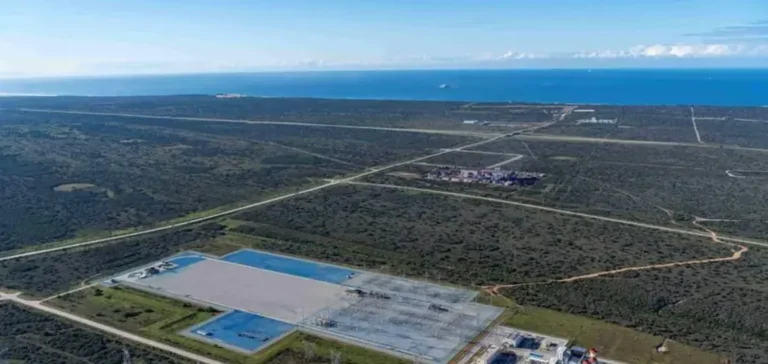The Hive Coega project, set to become South Africa’s largest green ammonia initiative, has made a decisive step towards its realisation. After several years of preparation, the project has entered its execution phase, with the official release of tenders for its key infrastructure. This new phase signals a major investment and the implementation of cutting-edge technology necessary for the project’s completion, with the final investment decision expected by the end of 2026.
Tenders for strategic infrastructure
Tenders have been launched to fifteen international engineering and construction (EPC) companies, selected from a pool of 48 candidates. The scope of work includes the construction of a green ammonia plant with a production capacity of one million tonnes per year, two pipelines spanning seven kilometres, storage facilities, and desalination units. The energy component of the project includes the installation of 1,430 MW of solar power spread across nine sites, as well as 1,879 MW of wind power.
A project backed by the state and funded by dedicated funds
Hive Hydrogen, the company behind the project, enjoys strong support from the South African government, which has recognised the initiative as a strategic priority for the country’s energy transition. The project also benefits from support from the SA-H2 Fund, a fund specifically dedicated to financing green hydrogen projects. To date, 20 million USD has been allocated for preparatory work. Since its inception in 2019, a team of over 120 experts has been working on the structuring of this large-scale project.
A complete production chain for green ammonia
The Hive Coega project goes beyond simply producing green ammonia: it aims to deploy a full industrial chain. This includes hydrogen production through electrolysis, ammonia synthesis, as well as storage infrastructure and logistics solutions for export, primarily to Europe and Asia. The first phase of the project, dedicated to solar power production, has already been validated. This energy will supply approximately 40% of the total energy needs of the project.
South Africa’s key role in green ammonia
The move to the execution phase represents a crucial turning point for the Hive Coega project, positioning South Africa as a potential continental leader in large-scale green ammonia production. If the timelines are respected, the country could become, by 2029, the first in Africa to produce and export green ammonia at scale.






















